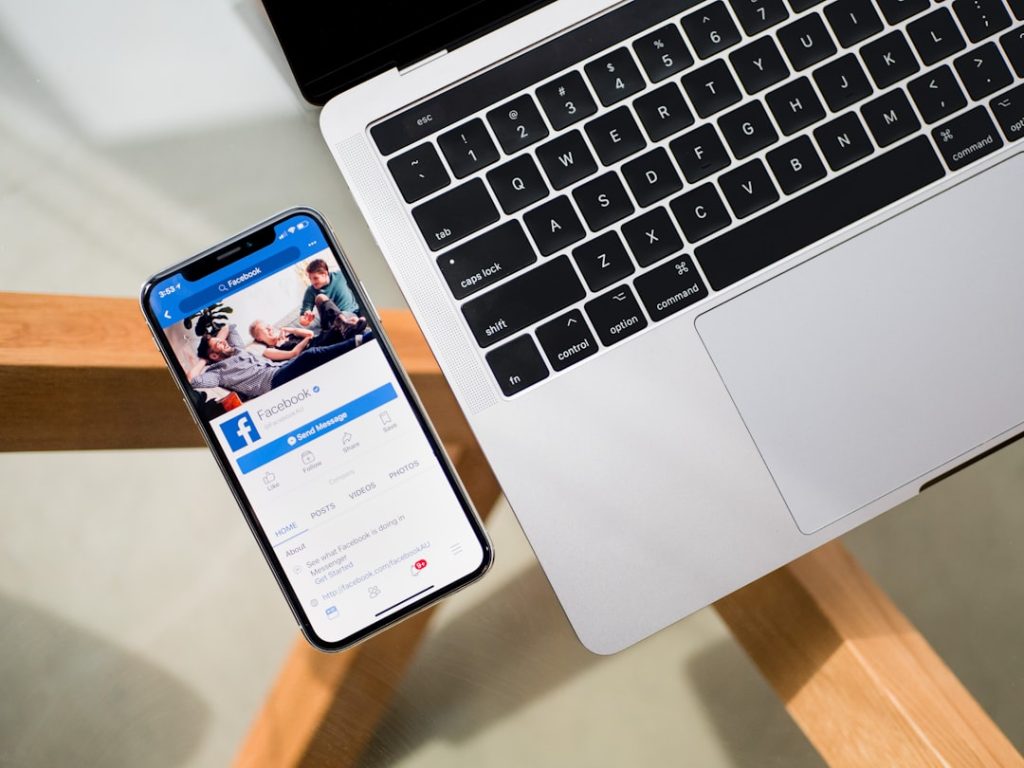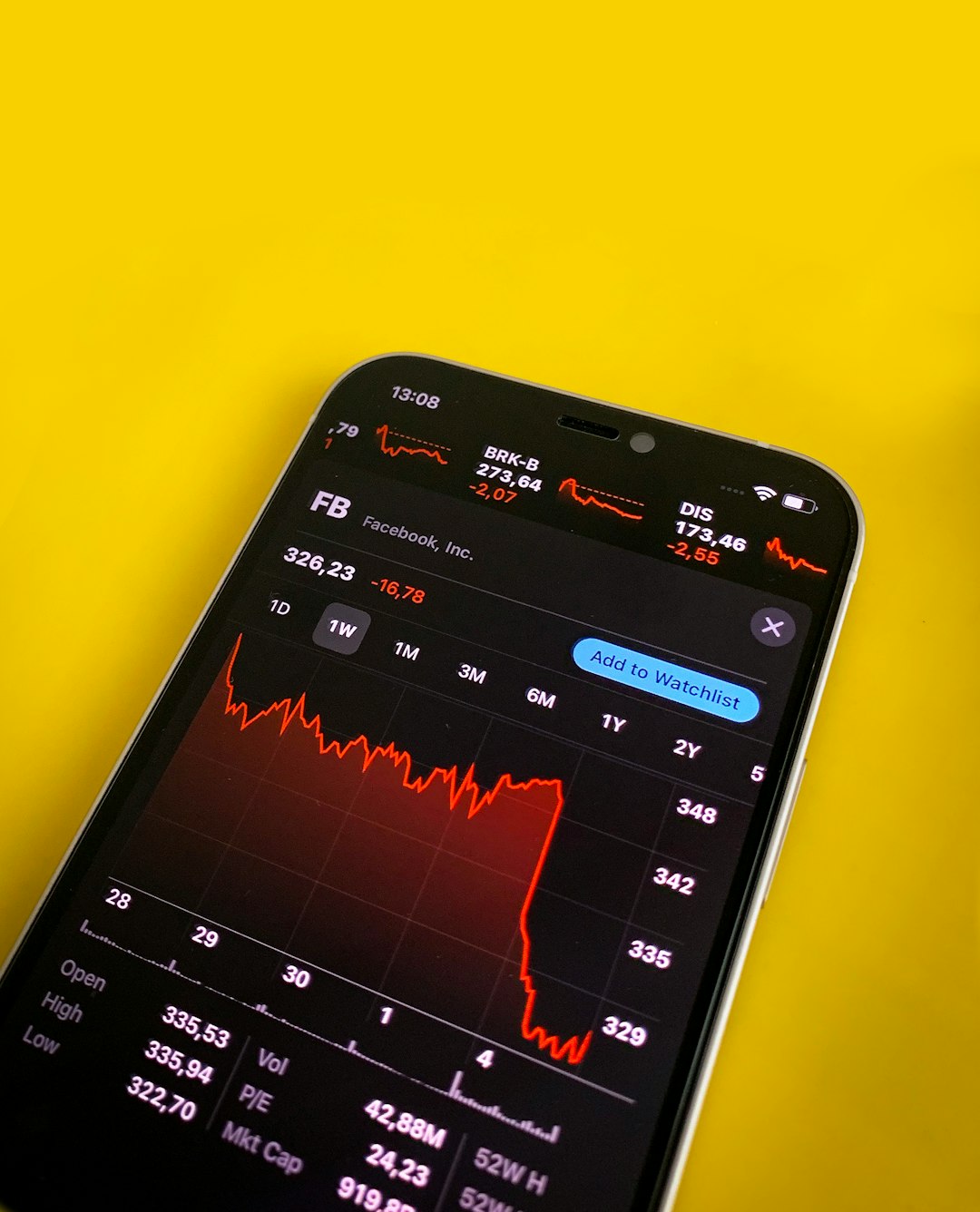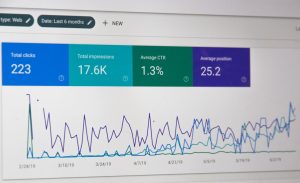Finance App Development: The Complete Guide
3 min read
With the rise of digitization in the financial sector, creating a modern finance app has become essential for startups and established institutions alike. Whether you’re developing a personal budgeting tool, investment tracker, or mobile banking solution, building a finance app requires precision, regulatory compliance, and a deep understanding of user experience. In this guide, we’ll explore the critical steps involved in finance app development and what it takes to launch a secure, user-friendly, and scalable product.
Understanding the Types of Finance Apps
Finance applications span a wide array of functionalities. Before initiating development, it’s vital to define your app’s purpose. The most common types include:
- Personal Finance Management (PFM) Apps – Help users track income, expenses, savings, and budgeting goals.
- Banking Apps – Provide access to checking accounts, bill pay, transfers, and loan management.
- Investment and Trading Apps – Allow users to buy and sell stocks, monitor portfolios, and analyze market trends.
- Cryptocurrency Wallets – Facilitate the storage and transfer of crypto assets with high-level security features.
- Loan and Credit Scoring Apps – Assist with loan management, credit checks, and instant credit options.
Understanding your niche ensures a more targeted development process and a higher chance of long-term success in the competitive fintech space.
Key Features to Include in Your Finance App
Functional and engaging features are the backbone of a successful finance app. Depending on the app type, you should consider integrating:
- User Authentication and Authorization – Secure registration and login, ideally with biometrics or multi-factor authentication.
- Account Aggregation – Sync multiple bank or brokerage accounts using APIs like Plaid or Yodlee.
- Real-Time Notifications – Alert for transactions, suspicious activity, or budget updates.
- Budgeting Tools – Expense tracking, spending categories, and monthly summaries.
- Data Visualization – Interactive dashboards with graphs and charts for financial insights.

Prioritizing usability alongside functionality is vital. Users expect a clean, intuitive UI that empowers them to manage finances with confidence and convenience.
Security and Compliance Considerations
Security is non-negotiable in finance app development. One breach can destroy customer trust and result in hefty penalties. Implement these best practices:
- End-to-End Encryption – All transmitted and stored data must be encrypted using protocols like TLS and AES-256.
- Secure APIs – Only trusted third-party APIs should be used, and endpoints must be protected from threats like injection and replay attacks.
- Compliance with Regulations – Depending on your region, comply with GDPR, PCI DSS, PSD2, or other financial regulations.
- Regular Security Audits – Conduct penetration testing and code reviews using third-party cybersecurity firms.
Building trust with users hinges on your app’s ability to protect their sensitive data and operate within the boundaries of law and regulation.
Technology Stack for Finance App Development
A robust back-end and sleek front-end are required to build a responsive and reliable finance app. Consider the following technologies:
- Front-End: React Native or Flutter for cross-platform mobile development.
- Back-End: Node.js, Django, or Spring Boot with a scalable cloud infrastructure like AWS or Google Cloud.
- Databases: PostgreSQL or MongoDB along with secure cloud-based storage for transaction data.
- APIs: Plaid, Stripe, or Finicity for financial account linking and payment integration.

Selecting the right tech stack ensures that your app performs efficiently while maintaining flexibility for future upgrades or scaling.
Development Process and Best Practices
Follow these steps to ensure a smooth and structured development process:
- Market Research and Planning – Define your target audience, gather competitor insights, and identify key value propositions.
- UX/UI Design – Focus on a minimal and intuitive design that aligns with your brand and offers ease of navigation.
- Development – Use agile methodologies for iterative development, allowing features to be built and tested in sprints.
- Testing – Perform functional, security, performance, and user acceptance testing.
- Launch and Monitoring – Deploy the app and monitor performance metrics, user feedback, and security logs.
Conclusion
Finance app development is a complex but rewarding process. With the right approach, strict adherence to security practices, and a user-first design philosophy, your finance app can thrive in today’s competitive market. Take time to understand your users, stay ahead of regulatory changes, and leverage modern technologies to deliver a reliable and impactful financial product.



